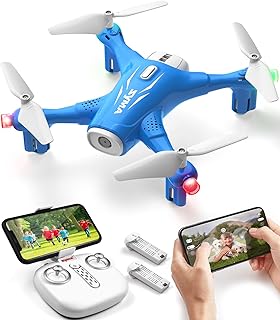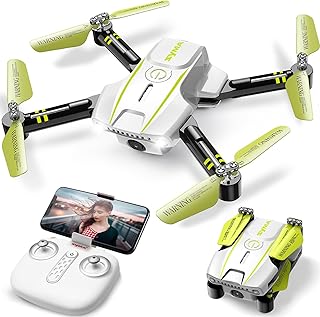Here are some potential scenarios for SYMA's future:
Scenario 1: Continued Niche Focus:
* SYMA could continue to target the entry-level market, focusing on affordable and easy-to-use drones for beginners.
* They might further develop their line of toy drones, appealing to younger audiences with features like pre-programmed flight patterns and fun accessories.
* This strategy would likely involve maintaining a relatively low price point and prioritizing simplicity over advanced features.
Scenario 2: Expansion into New Markets:
* SYMA could try to expand its reach into more specialized drone categories, such as:
* Photography/Videography: Offering drones with better cameras and image processing capabilities.
* Racing: Developing high-performance drones for competitive aerial racing.
* Agriculture/Inspection: Creating drones equipped with sensors and software for agricultural applications or infrastructure inspection.
* This strategy would require significant investment in research and development to compete with established brands.
Scenario 3: Focus on Smart Features:
* SYMA could integrate more smart features into their drones, such as:
* AI-powered autonomous flight: Allowing drones to navigate complex environments independently.
* Advanced obstacle avoidance: Preventing collisions with objects during flight.
* Integration with mobile apps: Providing users with enhanced control and real-time data.
* This strategy would involve embracing technological advancements and partnering with software developers.
Challenges for SYMA:
* Competition: The drone market is becoming increasingly crowded, with major players like DJI dominating the market share.
* Price Pressure: SYMA needs to balance affordability with offering competitive features and performance.
* Technological Advancements: Keeping up with the rapid pace of drone technology development will be crucial.
Overall:
SYMA's future will depend on their ability to adapt to changing market dynamics and consumer preferences. Focusing on a specific niche, innovating with smart features, and strategically investing in research and development could help them succeed in the competitive drone market.
It's important to note that these are just possibilities, and the actual trajectory of SYMA's future remains uncertain. Only time will tell how they will navigate the evolving drone landscape.


